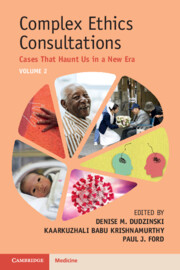This paper investigates the association between potential serum biomarkers and diabetes status in older Australians by employing traditional and machine learning methods. Data from Sydney Memory and Ageing Study (MAS) were interrogated cross-sectionally in 801 participants aged 70–90 years (n = 801). Twenty-eight serum biomarkers and 6 other factors were investigated as potential indicators that may distinguish diabetes status. Diabetes status was categorised as No-Diabetes, Pre-diabetes, and Type 2 diabetes (T2D). Diabetes is defined as follows when using fasting plasma glucose: no diabetes/ normal: < 5.6 mmol/L; prediabetes: 5.6–6.9 mmol/L; and diabetes: ≥ 7 mmol/L(1). Variable selection was executed using two distinct regression methods (i) multinomial logistic regression with backward selection and (ii) machine learning using elasticNet regression. Multiple imputation was used to address missing data. Age and sex were included as a priori covariates in the multinomial regression model. Using a multinomial logistic regression, Malondialdehyde (MDA), Macrophage inhibiting cytokine 1 (MIC1), and vitamin E were associated with diabetes status. MDA was strongly associated with diabetes with relative risk ratio (RRR) of 4.78 (95% CI = 3.39, 6.75; p < 0.001) when comparing to no diabetes, surpassing usual markers insulin, triglycerides, and waist-to-hip (WHR). Diabetes was associated with lower vitamin E levels, compared to no diabetes, with an RRR of 0.54 (95% CI:0.38, 0.75; p < 0.001). Comparing diabetes to prediabetes, RRR for lower vitamin E levels was 0.71 (95% CI: 0.51, 0.98; p = 0.035). MIC1 distinguished between diabetes and prediabetes status (RRR: 1.84; 95% CI:1.41, 2.41; p < 0.001). Consistent with the traditional methods, machine learning also identified MDA as being associated with T2D, with an odds ratio (OR) of 1.9, followed hierarchically by insulin (OR = 1.23), WHR (OR = 1.22) and triglyceride (OR = 1.13). Higher serum Vitamin E were associated with a lower risk of being in diabetes category (OR = 0.84). MIC1, urate, IL1b, HDL, and carotene were identified by the machine learning model, but showed minimal association. These results suggest that the oxidative stress and inflammation markers distinguish the state of having T2D.
